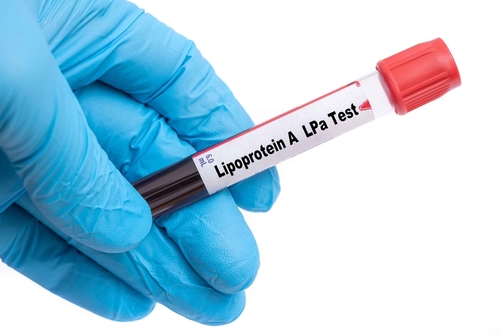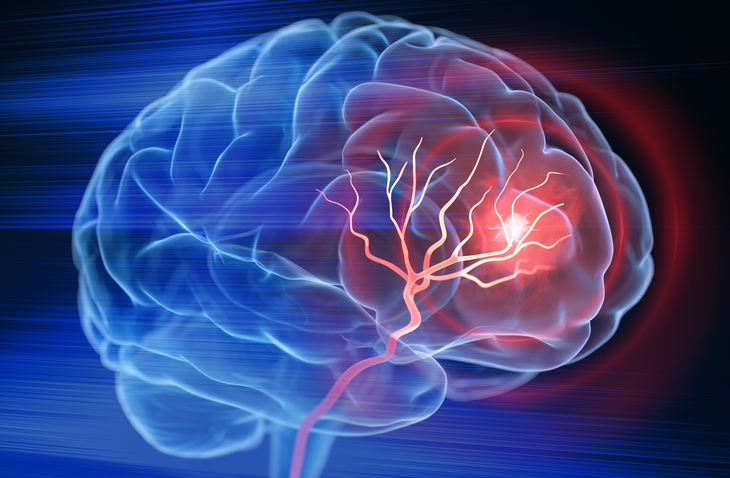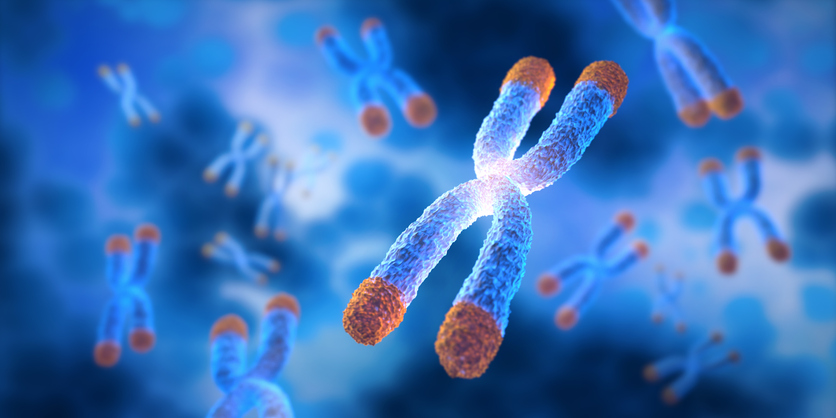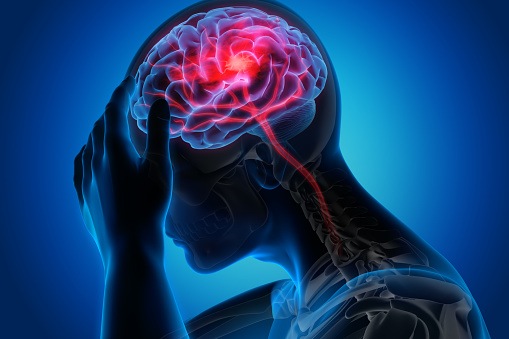
A study conducted by researchers from the Sant Pau Research Institute in Spain provides new evidence on the essential role of the qualitative properties of lipoproteins in the pathophysiology of cardiovascular diseases, including ischemic stroke. Their results were published in the Journal of Lipid Research.
The study was conducted as an observational cohort study comprising adult patients aged 50 years and older who experienced anterior circulation ischemic stroke and were recently diagnosed with carotid atherosclerosis; a cohort of healthy control participants was included in the study as well. High-density lipoproteins (HDLs) and low-density lipoproteins (LDLs) were isolated from blood samples obtained from 64 participants with carotid atherosclerosis seven days and one year after stroke as well as blood samples from 27 healthy control participants.
Seven days after ischemic stroke, LDL showed an increase in negative charge, elevations in proinflammatory ceramides and triacylglycerol, and decreases in phospholipids and cholesterol. A comprehensive lipidomic study of LDL was conducted in collaboration with a group at the Wihuri Research Institute in Finland, which showed that these specific LDL modifications are associated with the inflammatory and atherogenic process that increases the risk for carotid plaques.
For HDL, protein composition alterations were identified, including a reduction in apolipoprotein (apo) A-I and an increase in apoA-II and apoC-III, resulting in impairment of their antioxidant and anti-inflammatory properties as well as compromising their ability to prevent LDL modification and the subsequent associated inflammatory effect.
However, one year after ischemic stroke, with the introduction of therapeutic interventions (statins and antiplatelet agents), LDL became less prone to oxidation and aggregation, and HDL partially recovered its protective properties.
“Although the results obtained are not expected to have immediate clinical applicability, the determination of some of these parameters may prove useful in the future for monitoring disease activity or response to treatments,” the researchers concluded.
Source







 © 2025 Mashup Media, LLC, a Formedics Property. All Rights Reserved.
© 2025 Mashup Media, LLC, a Formedics Property. All Rights Reserved.